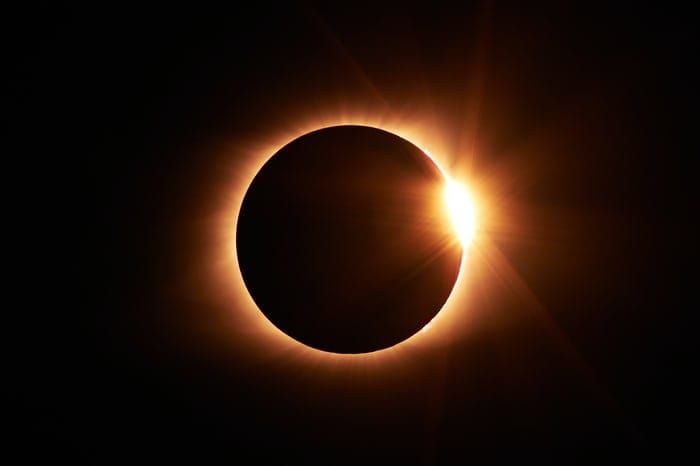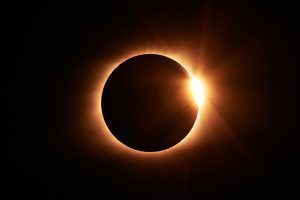A solar eclipse happens during the New Moon when the Moon moves between Earth and the Sun to cast a shadow on the Earth, blocking the rays of Sun. A lunar eclipse happens during a Full Moon when the Earth comes between the Sun and the Moon, blocking the Sun’s rays from directly reaching the Moon.
There will be four eclipses in 2021, including one total solar eclipse and one total lunar eclipse, but only two will be visible from India, Ujjain-based Jiwaji Observatory’s Superintendent Dr Rajendraprakash Gupt said on Sunday, PTI reported.
He said that the first of these events will happen on May 26, and the total lunar eclipse will be seen in parts of West Bengal, coastal Odisha and in the north-eastern states, except Sikkim, as the moon is visible earlier in these places than other parts of the country.
“The earth will cover the moon by 101.6 per cent during this astronomical event,” he said, PTI reported.
In India, the eclipse would begin at 2:17 pm and end at 7:19 pm. It will also be visible in South Asia, East Asia, Australia, much of North America, South America, Pacific Ocean, Atlantic Ocean, Indian Ocean, and Antarctica.
Gupt said the annular solar eclipse on June 10 will not be visible in India, and in this event, the moon will come between the sun and earth, leading to the sun getting covered 94.3 per cent and being seen as a ‘ring of fire’.
He said the partial lunar eclipse, on November 19, can be seen from Arunachal Pradesh and some parts of Assam for a very short period. The penumbral eclipse would begin at 11:32 am and end at 6:33 pm.
“At the peak of this event, 97.9 per cent of the moon will be seen covered by the earth’s shadow. The total solar eclipse on December 4, the last of 2021, will, however, not be visible from India,” he added.
This year, there were two solar and four lunar eclipses. The last of eclipse of 2020 took place on December 14.







